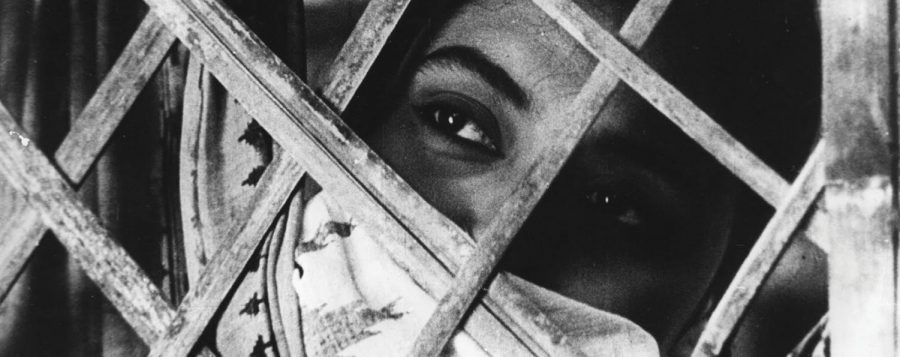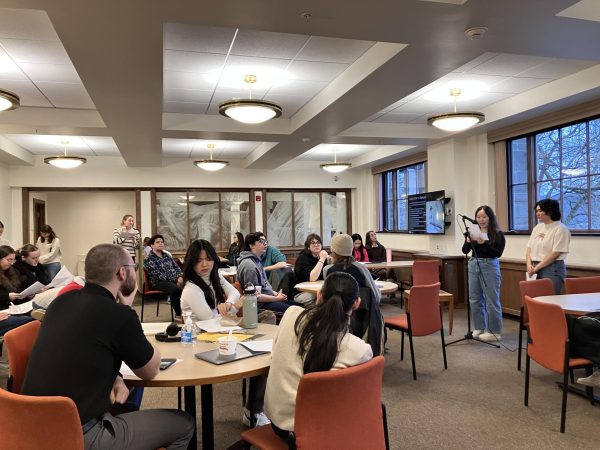“Cloud-Clapped Star” Explores Indian Partition
Students gathered last Wednesday evening for some Royal India Grill and a showing of “Meghe Dhaka Tara,” otherwise known as “Cloud-Capped Star.” The film, directed by Ritwik Ghatak and released in 1990, is heavily doused in Indian history, tradition and culture. The plotline follows Neeta, played by Supriya Choudhury, and her family as they deal with both internal family struggles and the Partition of India. The film is set in a refugee camp in Calcutta and depicts Neeta’s tragic life: she loses a fiance and has a difficult relationship with her siblings. The family’s financial struggles serve as a constant reminder of the difficult nature of the partition. Finally, Neeta’s
physical strength is put to the test when she is hospitalized with tuberculosis.
Many members of the audience were taking the political science course, “Politics of India, Bangladesh, and Pakistan” this semester. The movie aligned with their course materials.
“[I] came with my political science class. The film grounded our readings in personal stories we could relate to and empathize with so our readings aren’t simply abstract and detached,” junior Halle Bills said.
“[The movie] shows the strife [and] conflict of education and poverty in Bengal [and] India,” junior Aqil Nabi said.
The movie highlighted struggles of individuals; while education, poverty and romance are elements key to everyday life in many societies, their portrayal during the characters’ struggles gave a relatively accurate picture of what occurred at the time.
Although the movie itself was interesting and rooted in history, what made it so special was the unique use of cinematography styles. The black and white movie served as both a reminder of the gravity of the political situation during the Partition, and of the time period in which these events occurred. Directors were able to draw emotions from the characters by zooming in on their faces. At multiple points during the film, a character would emote one way and hold a facial expression to portray this emotion. The character often looked straight into the camera, breaking the fourth wall. The music throughout the movie was more stoic, often traditional to the setting and the songs Neeta’s brother sings.
“My favorite part was when they highlighted the brother’s singing. [It] shows how important [the] culture of the arts was in the region,” Nabi said.
Overall, it was interesting to experience a foreign film with very dramatic and serious historical intent but interesting cinematographic choices.







